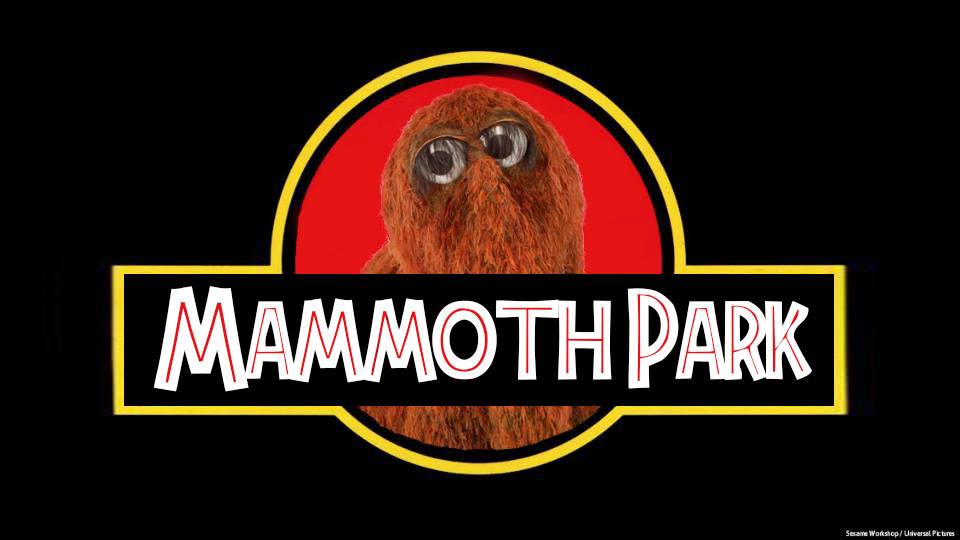Filtered By: Scitech
SciTech
Scientists to resurrect woolly mammoths a la Jurassic Park
By BEA MONTENEGRO, GMA News

Fans of Jurassic Park rejoice! We might not get giant gender-changing reptiles anytime soon, but we’re one step closer to getting colossal hairy elephants: geneticists from Harvard have inserted woolly mammoth DNA into the genetic code of an elephant.
The DNA samples came from mammoths preserved in Arctic permafrost. According to George Church, professor of genetics at Harvard, they looks for genes associated with resistance to the cold. These included genes for hairiness, ear size, and subcutaneous fat. After locating the genes, they replicated them and spliced them into the code of a modern elephant.
Hybrid elephant-mammoth cells
Hybrid elephant-mammoth cells
“We now have functioning elephant cells with mammoth DNA in them,” Church said. “We have not published it in a scientific journal because there is more work to do, but we plan to do so.”
This is the first time in 3,300 years that mammoth genes have been “alive.”
Mammoths, which died out in the last Ice Age, are closely related to Asian elephants. Some of the last mammoths survived on Wrangel Island, in the Arctic Ocean. These are the specimens that Harvard scientists used to obtain DNA samples.
A question of ethics?
Some scientists oppose bringing back the mammoth, saying that such a thing would be unethical.
“We face the potential extinction of African and Asian elephants. Why bring back another elephantid from extinction when we cannot even keep the ones that are not extinct around?” said professor Alex Greenwood, an expert on ancient DNA. “What is the message? We can be as irresponsible with the environment as we want. Then we'll just clone things back?”
“Money would be better spent focusing on conserving what we do have than spending it on an animal that has been extinct for thousands of years,” Greenwood concluded. — TJD, GMA News
More Videos
Most Popular



